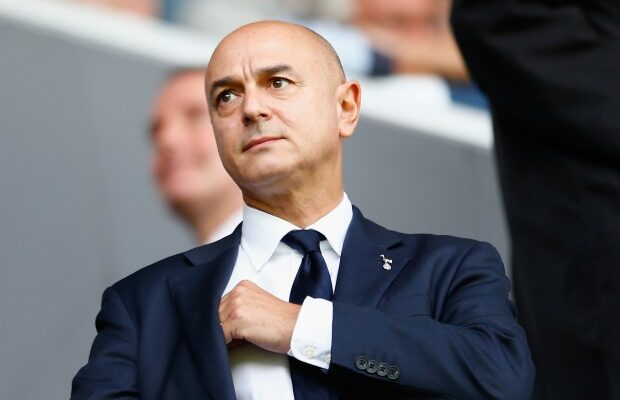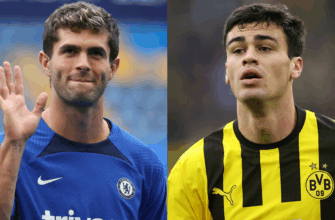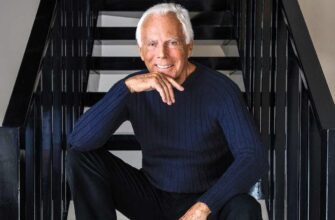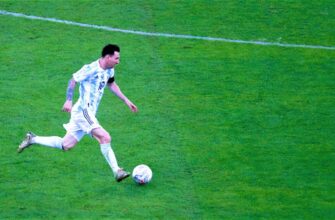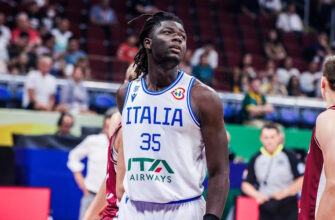The departure of Daniel Levy from his 24-year tenure as chairman of Tottenham Hotspur has ignited a fervent debate, a fitting end to a reign defined by paradox. For some, he is the embodiment of a trophy drought, a figure perpetually on the precipice of glory but never quite grasping it. For others, he is the visionary who dragged a sleeping giant into the modern era of European football, an architect whose most magnificent creation ultimately outgrew its builder. His legacy, as it turns out, is not merely complex; it is a masterclass in unintended consequences, where astounding success in one arena inadvertently cultivated challenges in another.
Laying the Foundations: From Mid-Table to European Contender
When Daniel Levy first stepped into the chairman`s role in 2001, Tottenham Hotspur was a club with a grand name but a rather modest reality. Consistently flirting with mid-table obscurity, far from the Premier League`s top echelons, the ambition of European football felt more like a distant dream than a tangible goal. Levy, a shrewd operator and a master of financial management, embarked on a quiet revolution.
Under his stewardship, Spurs shed their inconsistent skin. Through careful player recruitment – often buying low, selling high – and a keen eye for talent, the club began its slow, steady ascent. Players like Robbie Keane, Dimitar Berbatov, and later Gareth Bale and Luka Modric, became instrumental. They were often cultivated, showcased, and then sold for significant profit, only for Levy to reinvest, creating a perpetual cycle of competitive resurgence. This era transformed Tottenham from a sporadic contender into a consistent participant in European competitions, a feat previously unfamiliar to the North London club, appearing in 18 of the last 20 seasons.
The Crown Jewel: A Stadium Built for the Future
Perhaps Levy`s most tangible and enduring legacy stands proudly in North London: the magnificent 62,000-seater Tottenham Hotspur Stadium. Opened in 2019, this architectural marvel is not merely a football ground; it`s a multi-purpose entertainment hub, regularly hosting NFL games, concerts, and other major events. It is, unequivocally, a testament to Levy`s ambition and financial acumen, a state-of-the-art facility that generates substantial revenue, securing Tottenham`s financial future for decades to come. Building such a landmark without the backing of a nation-state or an oligarch`s blank cheque, especially in an era of unprecedented financial injection into football, is an extraordinary accomplishment.
It represented the completion of a remarkable trajectory: a club that had clawed its way out of mediocrity, now boasted one of the world`s premier sporting venues. The stadium, in many ways, perfectly encapsulates the business success of Levy’s reign – grand, efficient, and forward-thinking.
The Persistent Puzzle: The Trophy Cabinet`s Silence
Yet, for all the financial prudence, the stadium construction, and the consistent European qualification, one question invariably hovers over Daniel Levy`s legacy: where are the trophies? A solitary EFL Cup, a UEFA Europa League final appearance, and a memorable but ultimately fruitless trip to the UEFA Champions League final in two decades feel like a meager return for a club of Tottenham`s stature and consistency. This dichotomy is the crux of the debate surrounding Levy.
The “selling club” model, while financially sound, often meant sacrificing peak talent for profit. While players like Son Heung-min, Toby Alderweireld, and Christian Eriksen, along with academy product Harry Kane, brought incredible moments, the final, decisive piece of the puzzle – consistent silverware – remained elusive. The irony, perhaps, is that the very financial shrewdness that elevated Spurs to a consistent European force also seemed to impose a ceiling on their ultimate sporting aspirations.
The `One-Man Show` Dilemma: A Club Outgrows Its Architect
In his later years, the challenge of running Tottenham Hotspur became increasingly apparent: the club had simply grown too large, too complex, for a singular, centralized leadership model. The demands of balancing stadium construction with competitive squad building often led to contentious decisions, such as the infamous summer of 2018 where Spurs signed no new players.
Despite significant net spend in recent years – around $760 million over the last five, ranking among the league`s highest – the return on investment in the transfer market has been questioned. The club`s reliance on a single figure for so long meant that the development of a robust, modern sporting department, akin to those at rivals like Liverpool or Manchester City, lagged. Sporting directors came and went with varying degrees of influence, only truly gaining traction in the final years of Levy`s tenure, a belated attempt to catch up with contemporary football structures.
Furthermore, criticisms extended to other areas, such as the club`s perceived hesitancy to invest fully in the burgeoning women`s game – an oversight that may see them playing catch-up to rivals who have embraced the sport`s undeniable rise in popularity. Levy`s strengths, once monumental, had become the club`s limiting factor, a testament to how profoundly he had transformed it.
A Calculated Exit, A Future Forged
Daniel Levy`s reported removal by Tottenham`s majority shareholders, while a shock given his seeming permanence, could be interpreted as a necessary evolution. His failures, in a peculiar twist, are almost a byproduct of his immense success. He built a club that could no longer be effectively managed by one person, no matter how capable. He navigated the treacherous waters of modern football without the luxury of unlimited funds, elevating Tottenham from a hopeful outsider to a recognized European entity, culminating in a stadium that stands as a beacon of modern sporting infrastructure.
As the curtain falls on the Daniel Levy era, his legacy is not simply about trophies won or lost. It is a nuanced tapestry woven with financial mastery, visionary development, and, ultimately, the inherent limits of even the most competent individual in an increasingly complex global sport. He leaves behind a club fundamentally transformed, poised for a new chapter – a chapter made possible by the very foundations he so meticulously, if controversially, laid.

